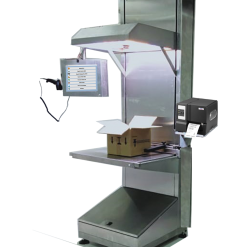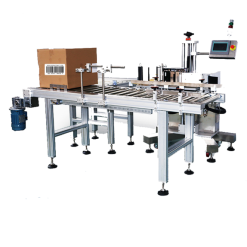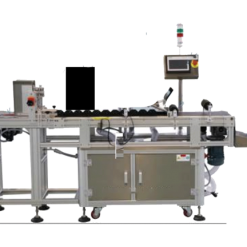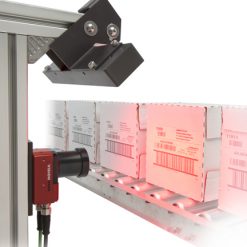Why Industrial Automation? (Advantages of Automation System)
- To increase productivity
Automation of factory or manufacturing or process plant improves production rate through a better control of production. It helps to produce mass production by drastically reducing assembly time per product with a greater production quality. Therefore, for a given labor input it produces a large amount of output.
- To provide optimum cost of operation
Integration of various processes in industry with automated machineries, minimizes cycle times and effort and hence the need of human labor gets reduced. Thus the investment on employees has been saved with automation.
- To improve product quality
Since the automation reduces the human involvement, the possibility of human errors also gets eliminated. Uniformity and product quality with a greater conformity can be maintained with automation by adaptively controlling and monitoring the industrial processes in all stages right from inception of a product to an end product.
- To reduce routine checks
Automation completely reduces the need for manual checking of various process parameters. By taking advantage of automation technologies, industrial processes automatically adjusts process variables to set or desired values using closed loop control techniques.
- To raise the level of safety
Industrial automation increases the level of safety to personnel by substituting them with automated machines in hazardous working conditions. Traditionally, industrial robots and robotic devices are implemented in such risky and hazardous places.
Hierarchy of an Industrial Automation System
Industrial automation systems can be very complex in nature, having large number of devices working in synchronization with automation technologies. The figure below describes the hierarchical arrangement of the automation system consisting of different hierarchical levels.
Field Level
It is the lowest level of the automation hierarchy which includes the field devices like sensors and actuators. The main task of these field devices is to transfer the data of processes and machines to the next higher level for monitoring and analysis. And also it includes the controlling of process parameter through actuators. For instance, we can describe this level as eyes and arms of a particular process.
Sensors convert the real time parameters like temperature, pressure, flow, level, etc into electrical signals. This sensor data further transferred to the controller so as to monitor and analyze the real time parameters. Some of the sensors include thermocouple, proximity sensors, RTDs, flow meters, etc.
On other hand actuators converts the electrical signals (from the controllers) into mechanical means to control the processes. Flow control valves, solenoid valves, pneumatic actuators, relays, DC motors and servo motors are the examples of actuators.
Control Level
This level consists of various automation devices like CNC machines, PLCs, etc., which acquires the process parameters from various sensors. The automatic controllers drive the actuators based on the processed sensor signals and program or control technique.
Programmable Logic Controllers (PLCs) are most widely used robust industrial controllers which are capable of delivering automatic control functions based on input from sensors. It consists of various modules like CPU, analog I/O, digital I/O and communication modules. It allows the operator to program a control function or strategy to perform certain automatic operation on process.
Supervising and Production Control Level
In this level, automatic devices and monitoring system facilitates the controlling and intervening functions like Human Machine Interface (HMI), supervising various parameters, setting production targets, historical archiving, setting machine start and shutdown, etc.
Mostly, either Distribution Control System (DCS) or Supervisory Control and Data Acquisition (SCADA) HMIs are popularly used in this level.
Information or Enterprise Level
This is the top level of the industrial automation which manages the whole automation system. The tasks of this level include production planning, customer and market analysis, orders and sales, etc. So it deals more with commercial activities and less with technical aspects.
And also industrial communication networks are most prominent in industrial automation systems which transfer the information from one level to the other. So these are present in all the levels of automation system to provide continuous flow of information. This communication network can be different one level to the other. Some of these networks include RS485, CAN, DeviceNet, Foundation Field bus, Profibus, etc.
From the above hierarchy we can conclude that there is continuous information flow from high level to low level and vice-versa. If we assume this graphical way, it is like a pyramid in which as we go up, the information gets aggregated and while going down, we get detailed information about the process.
Types of Industrial Automation Systems
- Fixed or Hard Automation
This type of automation is employed to perform fixed and repetitive operations in order to achieve high production rates. It uses special purpose or dedicated equipment to automate the fixed sequence assembling or processing operations. Once it is employed, it is relatively hard to change or vary the product design. Therefore, it is inflexible in providing product variety, but increases the efficiency with higher production rate and reduces unit cost.
industrial Automation
industrial Automation
industrial Automation
industrial Automation




